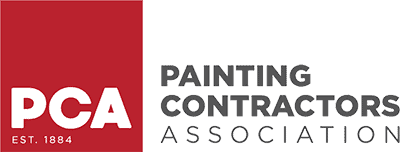Professional painters use two coats of paint because it ensures uniform coverage, durability, and true color performance—results that one coat alone can’t deliver. The second coat isn’t just a “finishing touch.” It’s a technical requirement for achieving correct dry film thickness (DFT), preventing premature wear, and ensuring the manufacturer’s performance warranty stays valid.
In both interior and exterior work, professionals follow a two-coat system to balance absorption, improve adhesion, and build lasting protection.
Key Takeaways:
-
Two coats of paint are essential for color accuracy, coverage uniformity, and long-term durability.
-
Paint is engineered to perform at a specific film thickness, achievable only with two coats.
-
Skipping the second coat can void manufacturer warranties from Sherwin-Williams, PPG, or Benjamin Moore.
-
The professional process includes priming, application control, and film-thickness verification.
-
Two coats protect surfaces from UV, moisture, abrasion, and daily wear—extending repaint cycles dramatically.
Why Professional Painters Always Use Two Coats
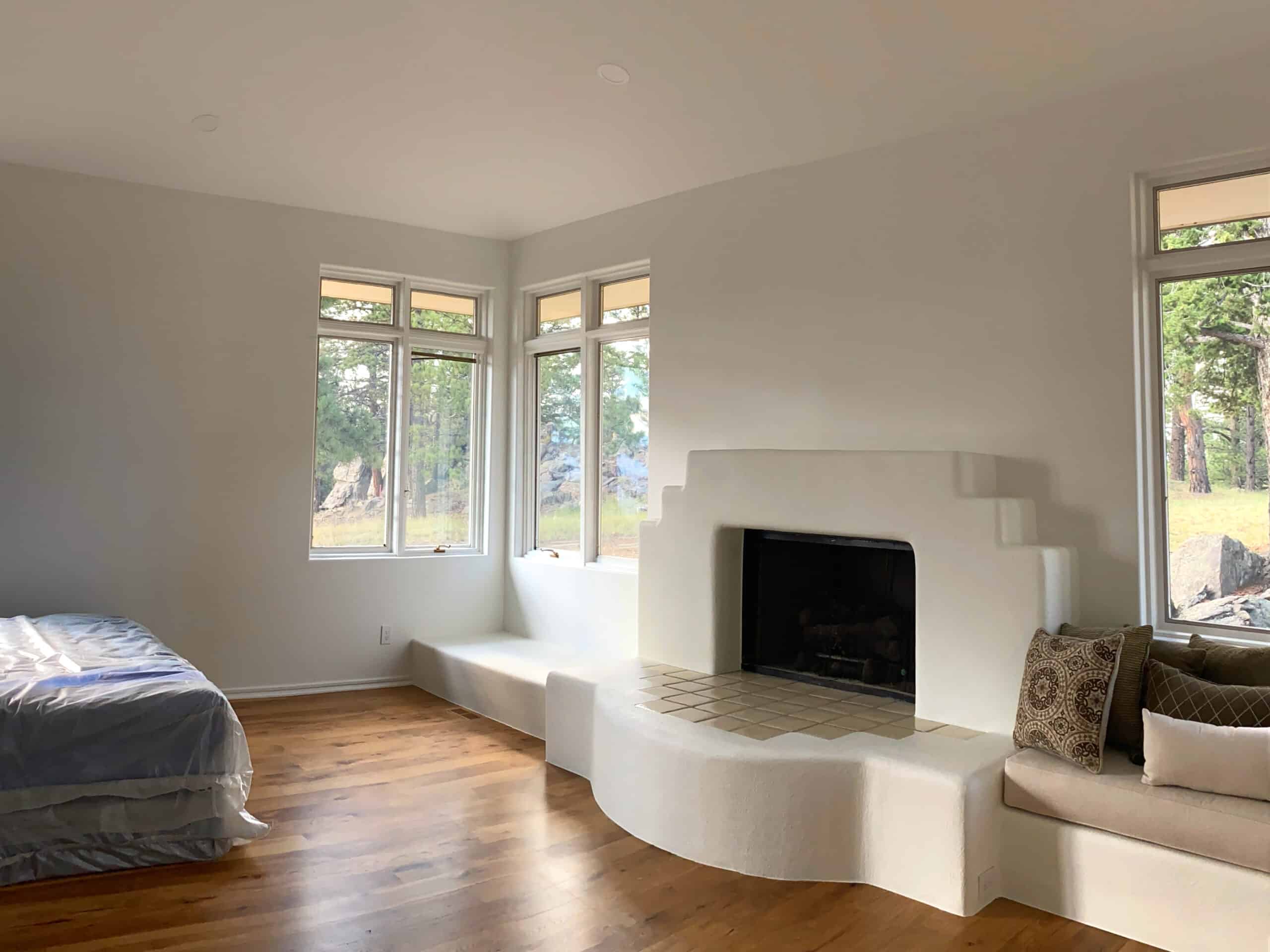
Professional painters at RW Professional Painting, LLC know there’s science behind every brushstroke.
The first coat serves as the foundation. It evens out surface absorption, seals pores, and sets the stage for proper adhesion. The second coat provides true color depth, uniform sheen, and complete protection.
Manufacturers like Sherwin-Williams Emerald®, Benjamin Moore Aura®, and PPG Timeless® formulate their premium coatings to reach full DFT only after two coats of paint. That’s why industry standards—such as PDCA (Painting and Decorating Contractors of America) and MPI (Master Painters Institute)—recognize two coats as the performance benchmark for both commercial and residential work.
Key Facts:
-
One coat typically produces only 1.5 mils of DFT.
-
Two coats reach 3–4 mils—doubling washability, adhesion, and fade resistance.
The Step-by-Step Process Pros Follow for Perfect 2-Coat Coverage
A. Surface Preparation
Every lasting finish starts with preparation.
Surfaces are cleaned, sanded, and repaired to remove contaminants. Primers are applied when surfaces are porous, patched, or previously unsealed.
Professional Tools: moisture meters, sanders, spackling knives, and lint-free cloths.
Typical Primers:
-
Zinsser Bulls Eye 1-2-3® Primer for drywall and trim.
-
Sherwin-Williams Loxon® Concrete & Masonry Primer for exterior substrates.
B. Applying the First Coat
The first coat acts as a stabilizer. It evens absorbency and allows the second coat to bond uniformly. Painters maintain consistent roller pressure and use cross-roll techniques.
Typical dry time: 4–6 hours for latex coatings at 70 °F and 50 % RH.
C. Applying the Second Coat
Once dry, surfaces are inspected for holidays (thin or missed areas). The second coat smooths roller marks, increases film thickness, and locks in the final color.
It’s applied perpendicular to the first direction for perfect leveling. Paints are mixed thoroughly to avoid shade variation.
D. Tools and Application Methods
-
Spray + back-roll for even DFT on textured or exterior surfaces.
-
Brush-and-roller combo for interior trim and walls.
-
Wet-film gauges confirm correct millage per data sheet.
What Two Coats Actually Achieve (The Technical Side)
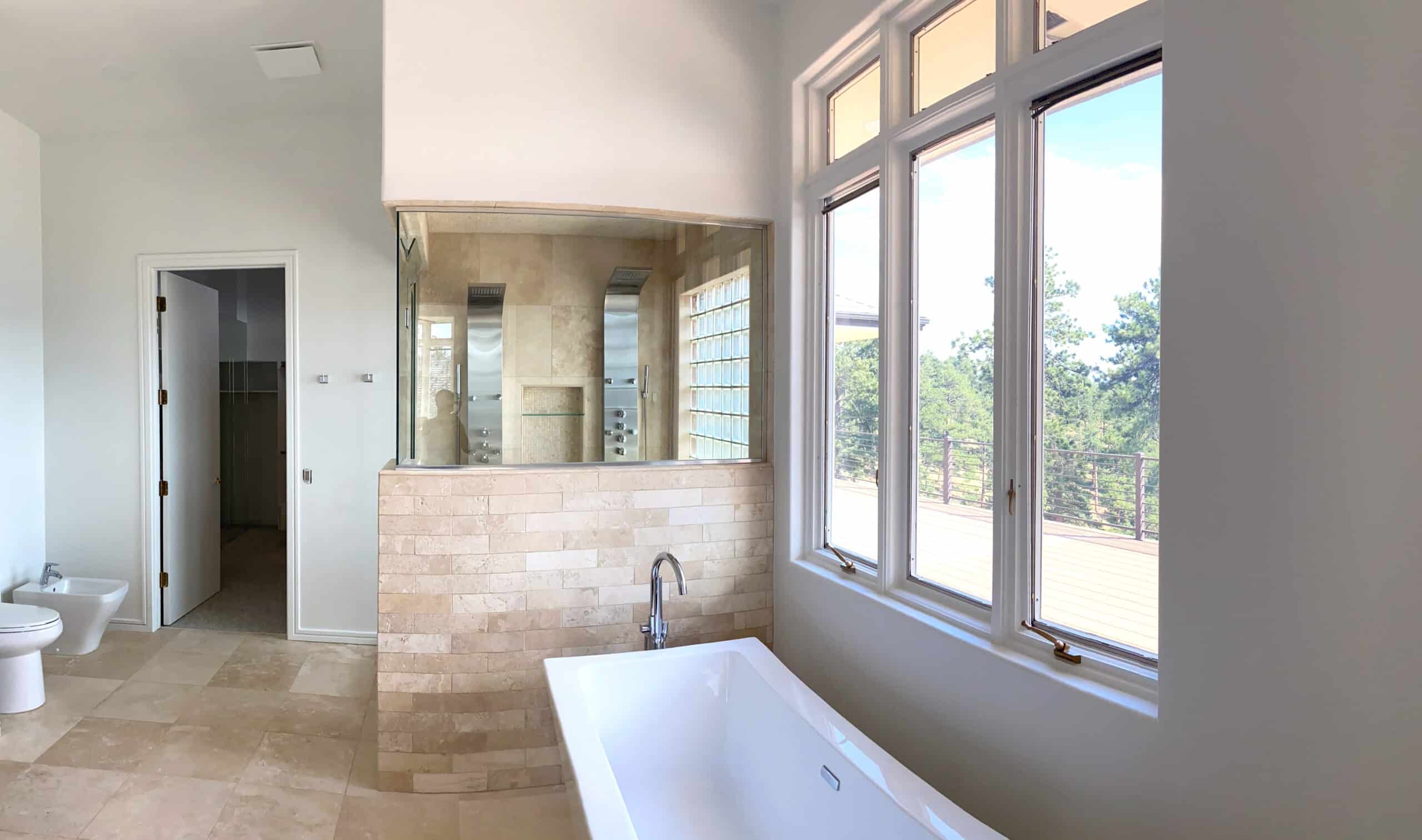
| Performance Metric | One Coat | Two Coats |
|---|---|---|
| Dry Film Thickness (DFT) | 1–1.5 mils | 3–4 mils |
| Color Uniformity | Fair | Excellent |
| Washability | Low | High |
| Adhesion Strength | Moderate | Superior |
| UV/Fade Resistance | Poor | Strong |
| Lifespan | 2–3 years | 6–10 years |
Paint Product Examples
-
Benjamin Moore Aura® reaches full color depth only after two coats.
-
Sherwin-Williams Emerald® and PPG Permanizer® specify two coats for fade and chalk resistance.
Why One Coat Isn’t Enough (and How Professionals Avoid Shortcuts)
A. Uneven Absorption
Bare drywall, wood grain, or masonry absorb paint inconsistently. A single layer leaves blotches and dull areas.
B. Poor Adhesion
One thin layer can’t seal pores or withstand moisture intrusion. Over time, it leads to peeling or bubbling.
C. Reduced Protection
Too-thin paint films can’t resist UV degradation, cleaning abrasion, or thermal expansion.
D. Professional Quality Control
RW Professional Painting, LLC performs detailed holiday inspections before each second coat, ensuring complete coverage and correct curing.
To see the real-world difference in craftsmanship, check out honest day with our paint crew—a behind-the-scenes look at how our team maintains quality from prep to final coat.
Professional Paint Selection: How Pros Match Product to Purpose
A. Interior Projects
For interior house painting, professionals use low-VOC, high-hide acrylics that build color and protection evenly:
-
Sherwin-Williams SuperPaint®
-
Benjamin Moore Regal Select®
Sheen choice depends on room function—satin or eggshell for walls, semi-gloss for trim.
B. Exterior Projects
Exterior coatings must endure UV, rain, and freeze-thaw cycles. Two coats of paint ensure these formulas perform at their rated life span:
-
PPG Permanizer® for fade and mildew resistance.
-
Sherwin-Williams Duration® for flexible weather protection.
-
Benjamin Moore Aura Exterior® for high-build coverage.
C. Commercial & Specialty Coatings
For epoxies, elastomerics, and urethanes, manufacturer data sheets specify two-coat minimums for warranty compliance. Professionals never skip them.
The Visual and Functional Difference of Two Coats
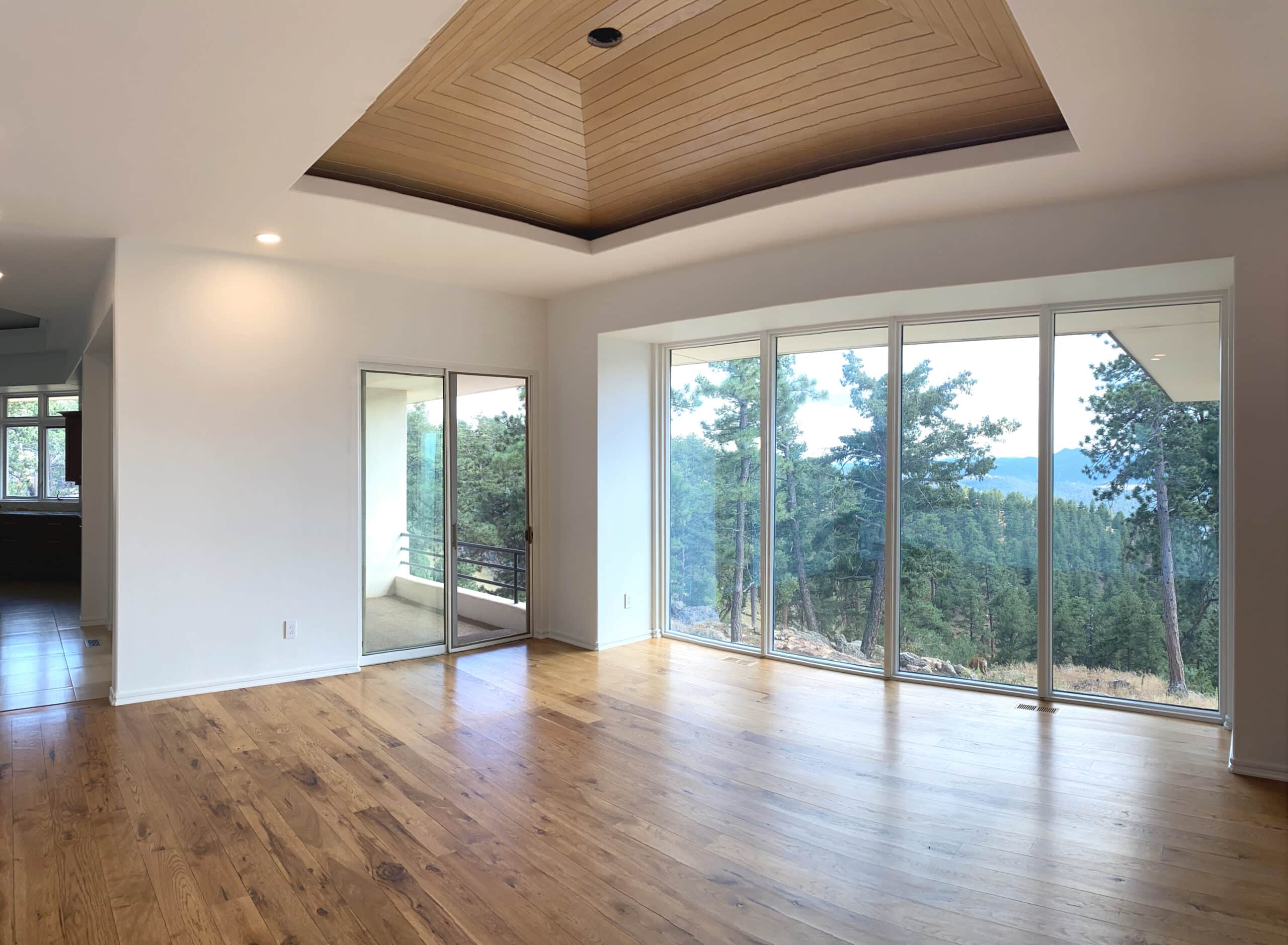
A. Appearance
Two coats deliver uniform sheen, true color saturation, and no visible roller tracking. Light reflects evenly—important in design-conscious interiors.
B. Durability
Properly layered coatings resist scuffs, UV fade, and cleaning solvents. The difference becomes evident years later when walls still look freshly painted.
C. Example (Service Context)
In Castle Pines, CO, RW Professional Painting, LLC applied two coats of paint using Sherwin-Williams Emerald Exterior Acrylic Latex on stucco homes. The result: deep, consistent finish that maintained sheen even after intense sun and freeze-thaw exposure.
The Cost and Value of Two-Coat Application
Many clients initially ask whether two coats are worth it. Professionals explain that while two coats raise material and labor costs slightly—typically 20–30 %—they extend repaint cycles by two to three times, lowering lifetime cost.
| Coating System | Initial Cost | Lifespan | Cost per Year | Warranty |
|---|---|---|---|---|
| One Coat | $1.00 – $1.25 / sq ft | 2–3 yrs | $0.42 | Often void |
| Two Coats | $1.25 – $1.50 / sq ft | 6–10 yrs | $0.18 | Valid if applied per spec |
Professional Insight: Reputable contractors specify coat counts and paint brands in writing so clients understand what their investment delivers.
Environmental and Surface Conditions That Require Two Coats
Professionals evaluate substrate type, age, and environment before finalizing the paint system.
A. Exterior Surfaces
Stucco, fiber cement, and wood siding all demand two coats of paint for moisture sealing. Coastal or humid climates accelerate degradation, making the second coat critical.
B. Interior High-Traffic Areas
Hallways, bathrooms, and kitchens benefit from dual coats because additional film build increases scrub resistance and sheen retention.
C. New Construction or Repaints Over Repairs
New drywall or patched areas soak up the first coat; the second equalizes color and texture across the wall plane.
Common Client Concerns About Two Coats
Q1: Why can’t high-end paint cover in one coat?
Even top products like Benjamin Moore Aura® or Sherwin-Williams Emerald® need two coats to reach design DFT. Hiding power isn’t the same as full protection.
Q2: Can a thicker single coat replace two?
No. Thick applications dry unevenly, increasing the risk of cracking and poor adhesion.
Q3: How long should I wait between coats?
Typically 4–6 hours for latex, but always follow the manufacturer’s data sheet.
Q4: What happens if I skip the second coat indoors?
Expect dull patches and uneven sheen—especially under artificial lighting.
Q5: Is it true that skipping a coat voids the warranty?
Yes. Manufacturer warranties usually require two coats applied at the proper spread rate and curing conditions.
How Professionals Verify Perfect Coverage
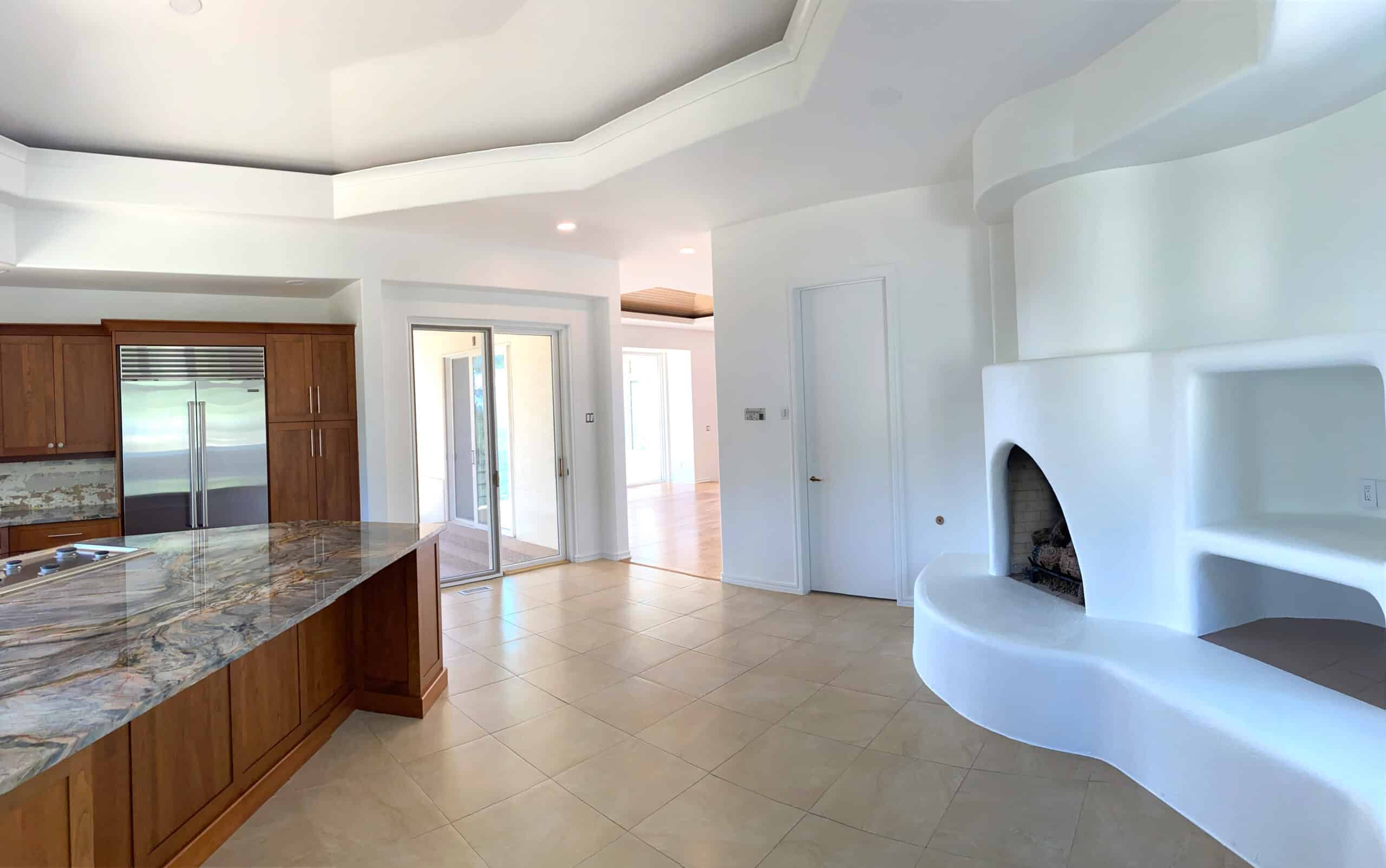
Professional painters document every layer.
-
Wet-film gauges confirm real-time mill thickness.
-
Paint consumption is tracked by square footage to match manufacturer spread rate.
-
Drying and recoat intervals are logged for quality assurance (QA)—a standard step in commercial or HOA projects.
Final Thoughts: Two Coats, One Professional Standard
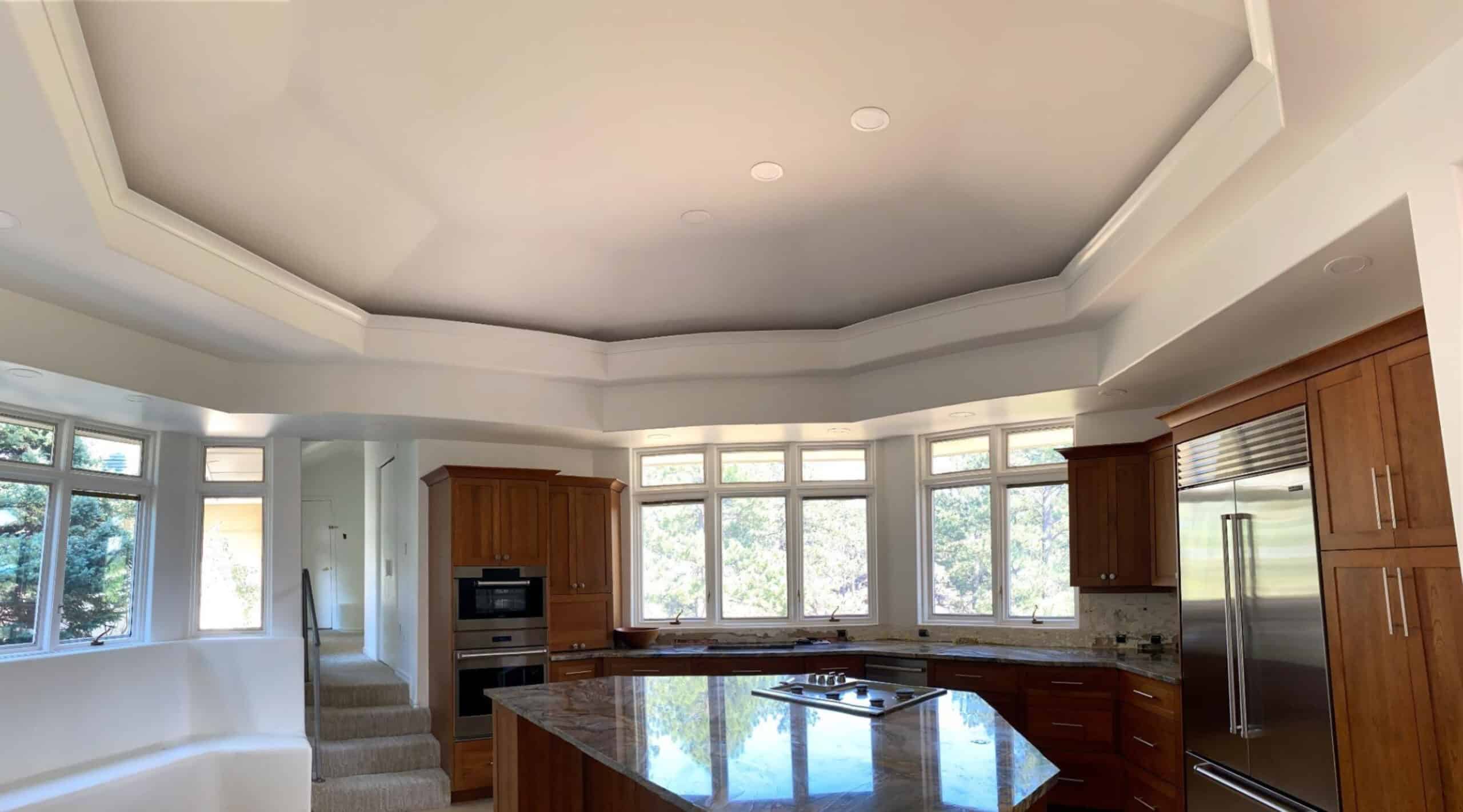
In professional painting, two coats of paint are not upselling—they’re the benchmark of quality. One coat may appear finished, but it won’t last. Two coats deliver even coverage, richer color, and protective longevity that homeowners and property managers can count on.
At RW Professional Painting, LLC, every project—whether a single-room refresh or a full home repaint—follows manufacturer specifications, PDCA standards, and field-tested techniques.
When you hire a professional painter, you’re not paying for extra paint; you’re investing in protection, precision, and beauty that lasts.
For long-lasting, flawless results, schedule your interior house painting with RW Professional Painting, LLC today in Castle Pines, CO.


